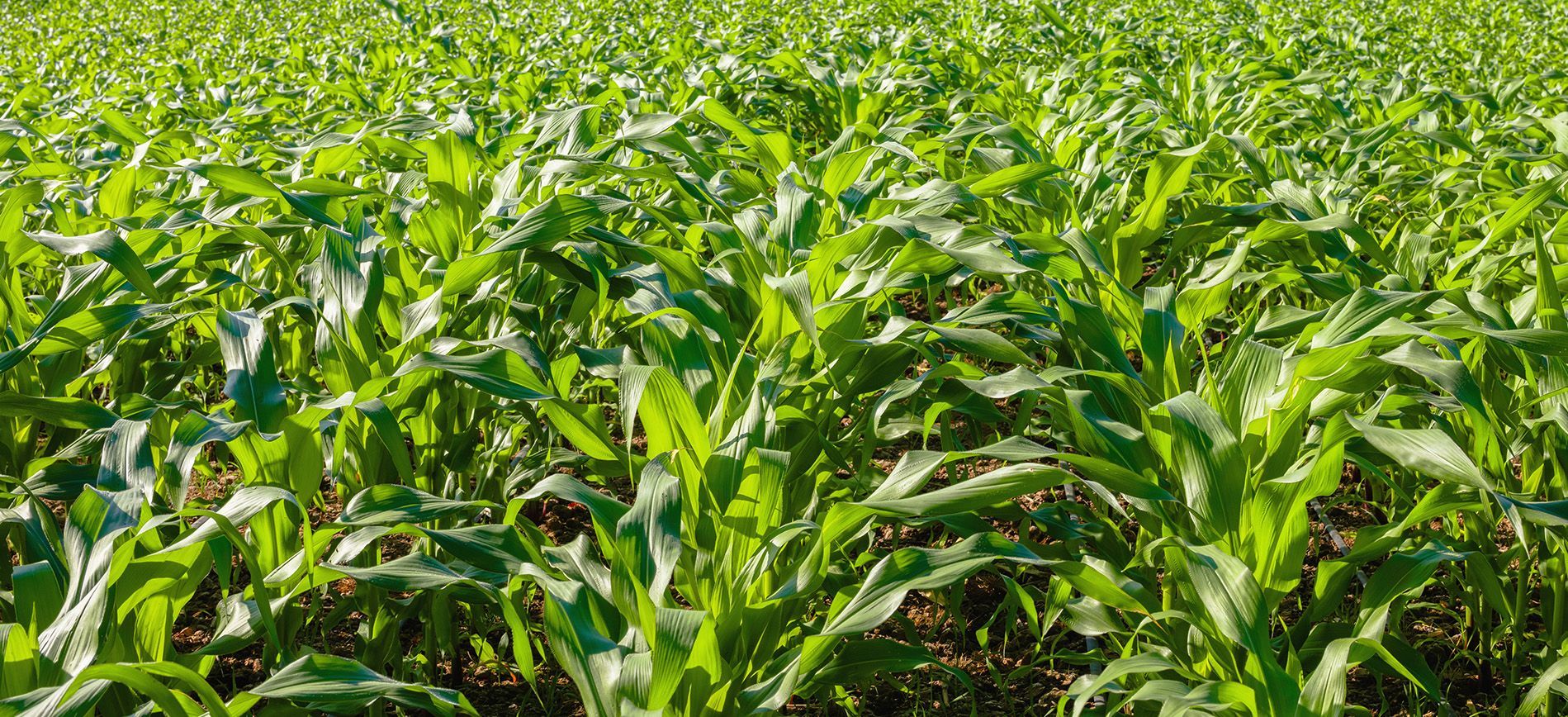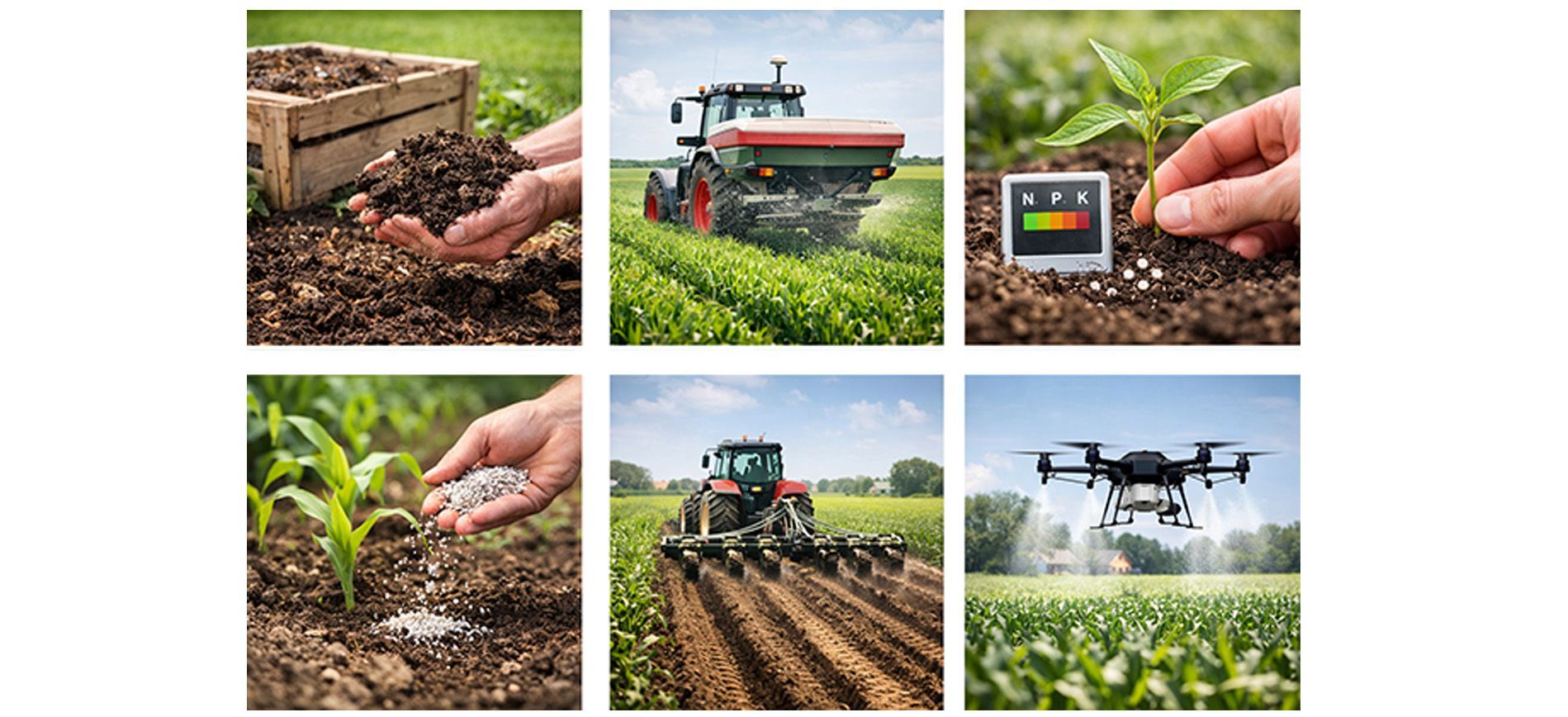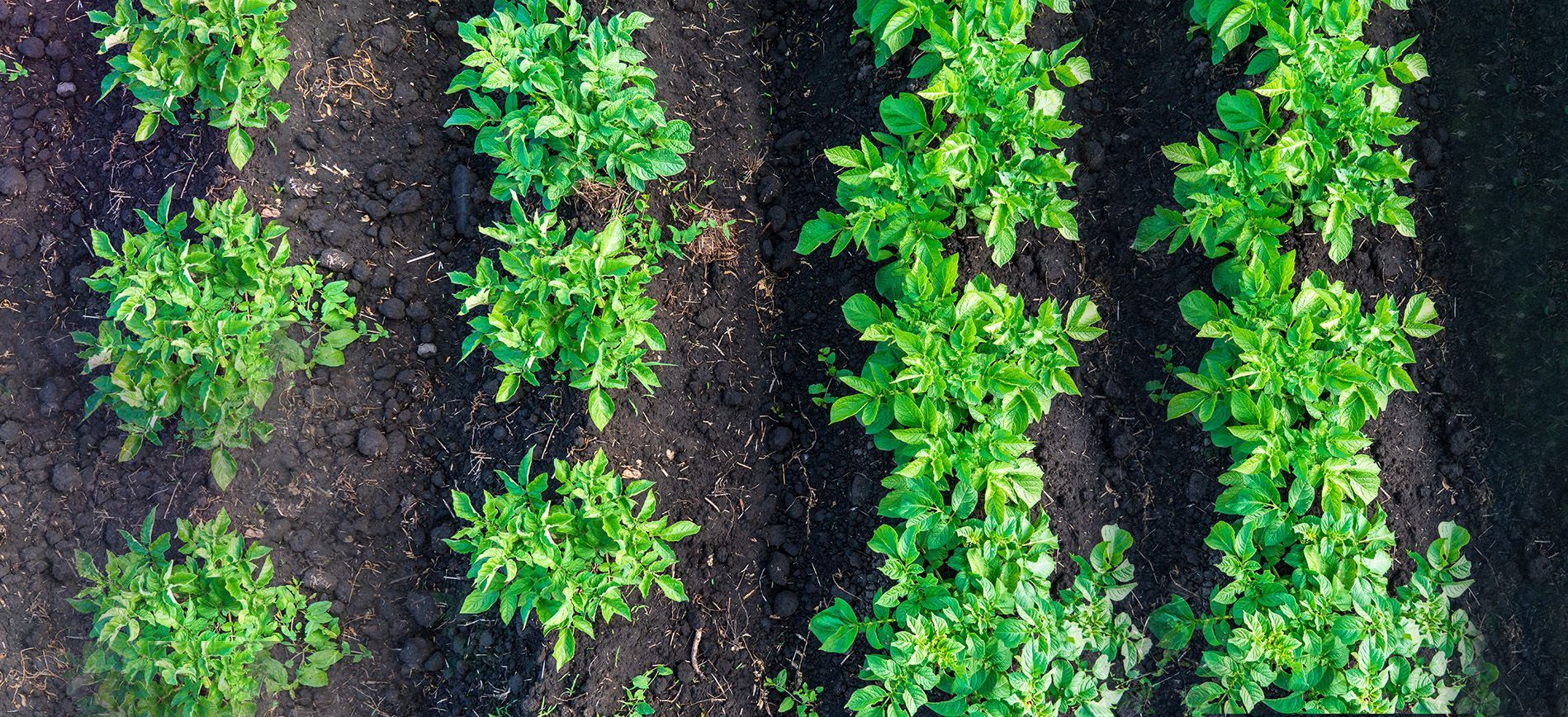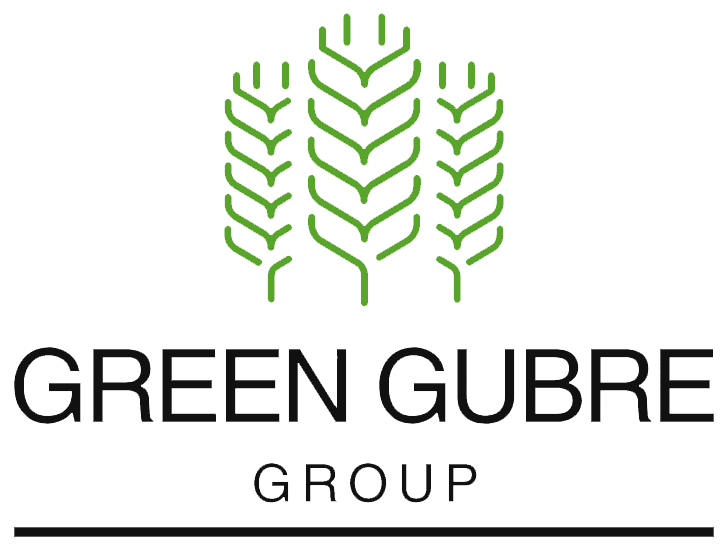Liquid Fertilizers – Flowing Solutions for Fast and Flexible Nutrition
Liquid Fertilizers – Flowing Solutions for Fast and Flexible Nutrition
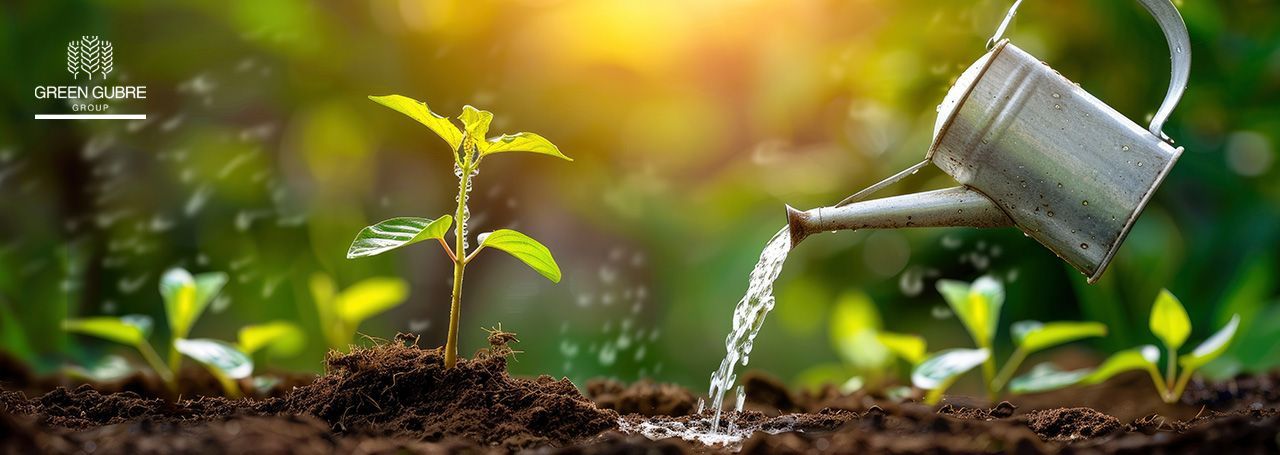
Introduction: The Rise of Liquid Fertilizers in Modern Agriculture
In the fast-paced world of modern farming, efficiency, precision, and flexibility are more critical than ever. Liquid fertilizers have gained widespread popularity as a versatile solution that meets these demands across diverse cropping systems. Whether applied through fertigation, foliar spray, or direct soil injection, liquid fertilizers provide immediate nutrient availability, consistent distribution, and seamless integration into mechanized and irrigated farms.
Unlike granular fertilizers that require dissolution and incorporation, liquid formulations deliver nutrients in readily available forms that can be fine-tuned to match crop growth stages, soil conditions, and climatic factors.
What Are Liquid Fertilizers?
Liquid fertilizers are soluble nutrient solutions or suspensions that contain essential macro and micronutrients in fluid form. They are typically classified into:
- Clear Liquids – Fully dissolved and homogeneous (e.g., UAN, liquid MAP)
- Suspension Fertilizers – Contain finely ground nutrients suspended in water with stabilizers
- Foliar Liquids – Specialized low-salt formulations applied directly to leaves
Main nutrient types delivered:
- Macronutrients: Nitrogen (UAN 32%, Ammonium Nitrate), Phosphorus (APP), Potassium (K₂O from Potassium Thiosulfate)
- Micronutrients: Zinc, Boron, Manganese, Iron (often chelated)
Benefits of Liquid Fertilizers
- Immediate Nutrient Availability: Nutrients are already in solution, allowing for rapid plant uptake—ideal for correcting deficiencies or supporting peak growth stages.
- Uniform Distribution: Liquids are easily mixed and distributed through irrigation systems, ensuring consistent application across the root zone or foliage.
- Precision & Flexibility: Fertilizer application can be timed and targeted based on the plant growth stage, weather conditions, and soil test results.
- Ease of Handling and Automation: Liquid systems reduce labor and can be automated in advanced fertigation systems—saving time and increasing accuracy.
- Compatibility with Other Inputs:
Can be tank-mixed with biostimulants, pesticides, and micronutrients to reduce spray passes and enhance plant response.
Applications and Use Cases
- Fertigation: The most common method—nutrients are delivered through drip, pivot, or sprinkler systems—precision at scale.
- Foliar Feeding: Bypasses root uptake by directly delivering nutrients to leaves—ideal for rapid correction or micronutrient supply.
- Starter Fertilizers: Applied at planting to promote early root and shoot development (especially phosphorus-based liquids).
- Side Dressing: Used during vegetative growth to support nitrogen or potassium uptake in maize, cotton, sugarcane, and vegetables.
Challenges and Considerations
| Challenge | Mitigation |
|---|---|
| Salt Injury Risk | Use low-salt formulations for foliar feeding |
| Corrosiveness | Use compatible materials (e.g., stainless steel) in storage tanks |
| Storage & Transport Costs | Concentrated forms reduce volume requirements |
| Precipitation or Incompatibility | Always conduct jar tests before tank mixing |
Market Outlook and Growth Drivers
- Global Market Size (2024): USD 13.5 billion
- Projected Size by 2030: USD 22.4 billion (CAGR 8.7%)
- Growth Drivers:
- Rising adoption of drip and pivot irrigation systems
- Expansion of protected agriculture (greenhouses, tunnels)
- Government incentives for water-efficient fertigation
- Increased demand for
high-value fruits, vegetables, and export crops
Regions showing high adoption: Brazil, India, Egypt, Israel, Mexico, and Southern Europe
Green Gubre Group’s Liquid Fertilizer Portfolio
At Green Gubre Group, we offer a robust selection of liquid fertilizers customized for performance, compatibility, and crop specificity:
- UAN 32% and UAN 28%: Ideal for cereals and row crops
- Liquid MAP and APP: High-phosphorus starters for vegetables and pulses
- Potassium Thiosulfate (KTS): Dual K and sulfur for fruiting crops
- Micronutrient Chelate Liquids: Zn, Mn, B, Fe in foliar-ready solutions
- Custom Fertigation Blends: Based on lab soil tests and crop stage modeling
We also provide consulting, blending, and logistics solutions to ensure you receive the right product at the right time, every season.
Conclusion: Efficiency in Every Drop
Liquid fertilizers are reshaping crop nutrition—bringing agility, precision, and power to the field. Whether you’re feeding open-field crops, managing a greenhouse, or running a pivot system, liquid fertilizers give you the flexibility to act quickly and maximize every application.
With rising input costs and tighter margins, the move toward liquid, efficient, and intelligent fertilizers is no longer optional—it’s the future.

